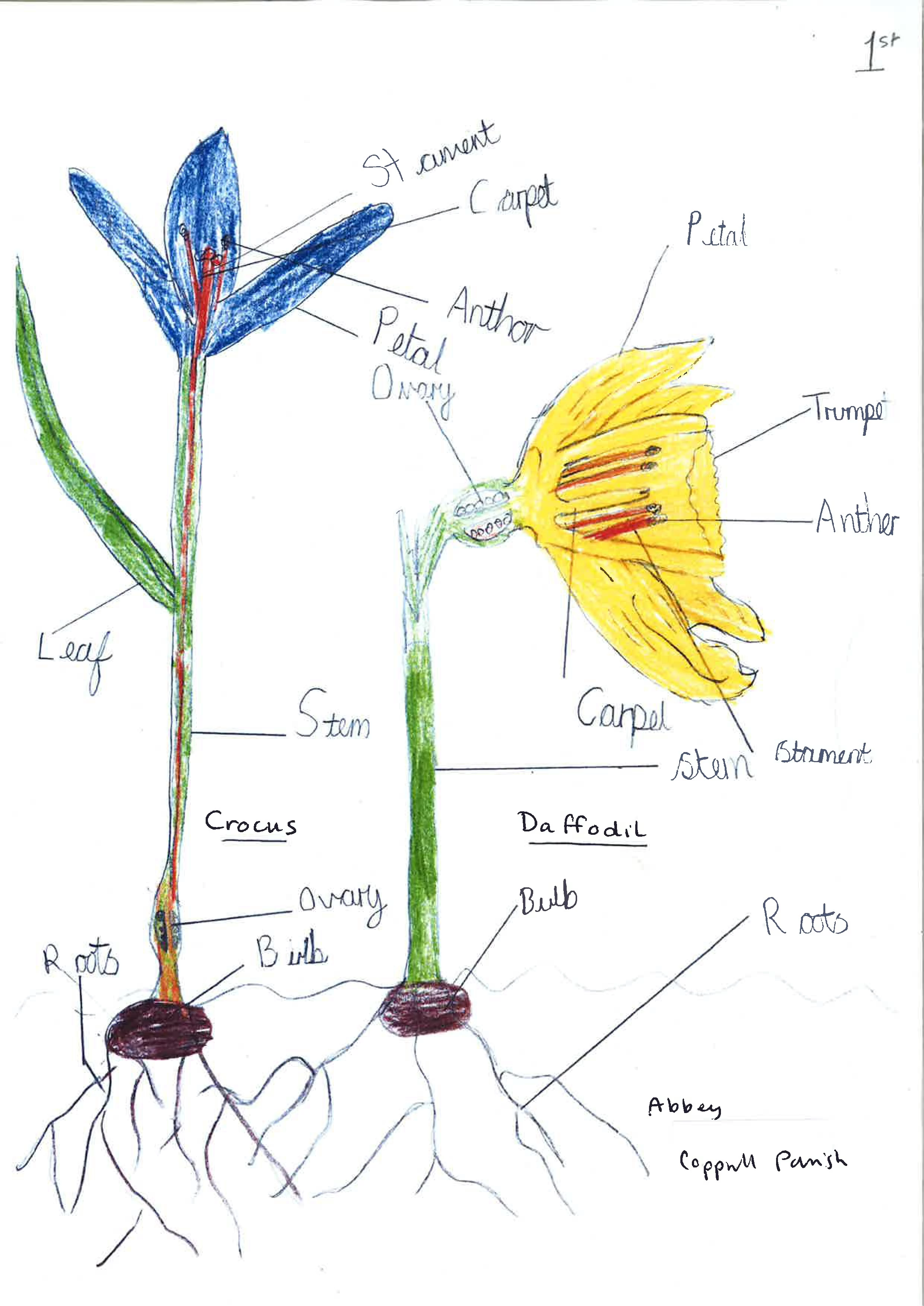Hello Bulb Buddies,
I have exciting news to report! We have had our first flower dates recorded on the website!
Congratulations to Ysgol Deganwy, who’s first Crocus flowered an the 21st of February at 90mm tall. Ysgol Tal Y Bont and Ysgol Bancyfelin who’s first Crocus's flowered on the 23rd of February at 65mm tall. And, Ynysddu Primary School who’s first Crocus flowered on the 25th of February at 50mm tall. They expect two more to flower any day now!
I have also had reports of even earlier flowering dates. Swiss Valley CP School report that some of their Crocus plants flowered over half term.
Silverdale St. John's CE School have reported that some of the Crocuses they planted in tyres have flowered. One is 110mm tall!
And today, via Twitter I received photographic evidence that Llanharan Primary School has at least two fully grown Crocus plants! They saw one of them open today!
Remember to enter your flower date and the height of your flower on the National Museum Wales website. But, only do this once the petals are fully visible and remember to measure the height in millimetres.
I would love some photos of the flowers for the Museum’s website and my Twitter page. Please ask your teachers to send these in to me if possible.
I would also like to see just how artistic you all are! So, I have an activity for you to do once your flowers have opened! I’d like you to draw a detailed picture of your plant and label all its different parts. This is a great way to get to know your flowers better, and to see just how complicated such small things can be. It’s also very interesting to compare the Daffodil and the Crocus, can you spot the similarities and differences? In many ways all flowers are very similar, even though at first glance they look completely different to one another!
Here is a fun game to do with labelling plants that I found on the BBC Bitesize website:
I look forward to seeing your photos and pictures.
Keep up the good work Bulb buddies,
Professor Plant
Your comments:
Stanford in the Vale Primary School: We had snow on Tuesday! Bitter cold all week. Prof P: Wow Stanford in the Vale Primary, you have had cold weather! -2 on Tuesday – burrr!
Rivington Foundation Primary School: Our daffodils in pots started sprouting last week, now between 1 and 4 cms. Daffodils in pots no sign yet. Probably too cold in the ground. Professor Plant: Hi Rivington Foundation Primary, I’m glad to hear your bulbs are sprouting! It is exciting to see how fast they grow once they start to show above the soil. Usually, the plants in the ground would grow first because they are slightly warmer than your plants in pots. But this depends on a number of things, such as how much frost you have had! I’m sure they will show themselves soon, maybe they are waiting for it to get a little warmer!
Chryston Primary School: Sorry but we were off for 3 days and sadly a bulb got squished because it is near the playground and a ball landed of top of it. The good news is the bulbs are starting to grow. Next week we will start recording the height of the bulbs. Prof P: Oh I am sorry to hear that you lost one of your bulbs! I hope you are all sharing so that no one is too upset – these things do happen! I’m glad to hear that your bulbs have started growing though! It’s interesting to document how quickly they grow, and to see that each one grows at its own pace!
Saint Anthony's Primary School: We are enjoying taking the measurements and are delighted at how well our bulbs are progressing. Prof P: Hi Saint Anthony’s Primary, I’m glad to hear you are enjoying the project. I very much enjoy studying all the weather records that are sent in. And I especially like receiving lovely comments that show me others enjoy this project as much as I do! Keep up the good work Bulb Buddies.
Glyncollen Primary School: We have had good fun so far doing spring bulbs investigation! Prof P: I’m glad you are enjoying the project Bulb Buddies! There are lots more experiments and investigations you can do if you are enjoying this one, why not have a look at the MET Office website for idea!
Saint Anthony's Primary School: We have noticed that the temperatures have recently been rising and falling. Prof P: Hi Saint Anthony’s Primary, I’m glad to hear that you are studying and comparing your weather records. You have had a bit of a jump, from -2 on Wednesday to 11 on Thursday! Differences like this can result from taking readings at different times of day, as the temperature will be consistently lower in the morning than in the afternoon! This is why it’s important to always try to take the readings at around the same time. However, this can also result from changes in the weather. I’m guessing it was a lot sunnier and less cloudy on Thursday compared to the rest of the week!
Our Lady of Peace Primary School: We hope our bulbs flower soon. We enjoyed planting them. Prof P: I’m sure it won’t be long now Our Lady of Peace Primary! One of my Crocus plants is nearly big enough, but it will be a while yet before my other plants flower! Isn’t it interesting to see that all of our plants are developing differently even though we planted them on the same day!
Keir Hardie Memorial Primary School: We have started to see that our bulbs are starting to grow. Some of our bulbs during the extremely windy weather blew over and were nearly out of the plant box and plant pot. However, we have seen some growth in a number of our plant pots and are hoping they will grow further. For the other ones that had blew over, we replanted them just in case there is any hope. This was a few weeks ago so hopefully we will see some change. Prof P: Hi Keir Hardie Memorial Primary, you did the right thing by re-planting your bulbs. I have my fingers crossed that they will still grow for you! I’m glad to hear that some of your plants have started to grow and that you are monitoring them so closely. Keep up the good work!
Glyncollen Primary School: We have had a broken thermometer on Monday and Tuesday. Professor Plant: Hi Glyncollen Primary. I’m sorry that your thermometer wasn’t working. But I’m glad to see that you fixed it or got a new one, and that you still took your rain fall readings. Good work!
The Blessed Sacrament Catholic Primary School: Nearly all our bulbs have shoots now the weather is a bit warmer and the mystery bulbs have buds so it looks like we may have some flowers soon. E and O. Prof P: Ooo this is exciting! Once your mystery bulbs have flowered let me know what type of plant you think they might be! Keep up the god work!
Stanford in the Vale Primary School: Another strange week with the weather....high winds, cold and heavy rain, then beautiful sunshine! Our plants in the ground look as if they could be showing signs of opening.....but the one in pots seem rather behind....so we are on constant watch! Kind Regards, Gardening Club. Prof P: Hi Stanford in the Vale Primary Gardening Club! I’m glad to hear that your plants are doing well, and that you are comparing the growth of the plants in the ground to the plants in pots. It’s very interesting that these are developing differently, can you think of reasons why this might be?
Glyncollen Primary School: Some of our spring bulbs are starting to grow and our crocus! Prof P: That’s good news Glyncollen Primary, keep a close eye on them now because they’ll grow quickly!
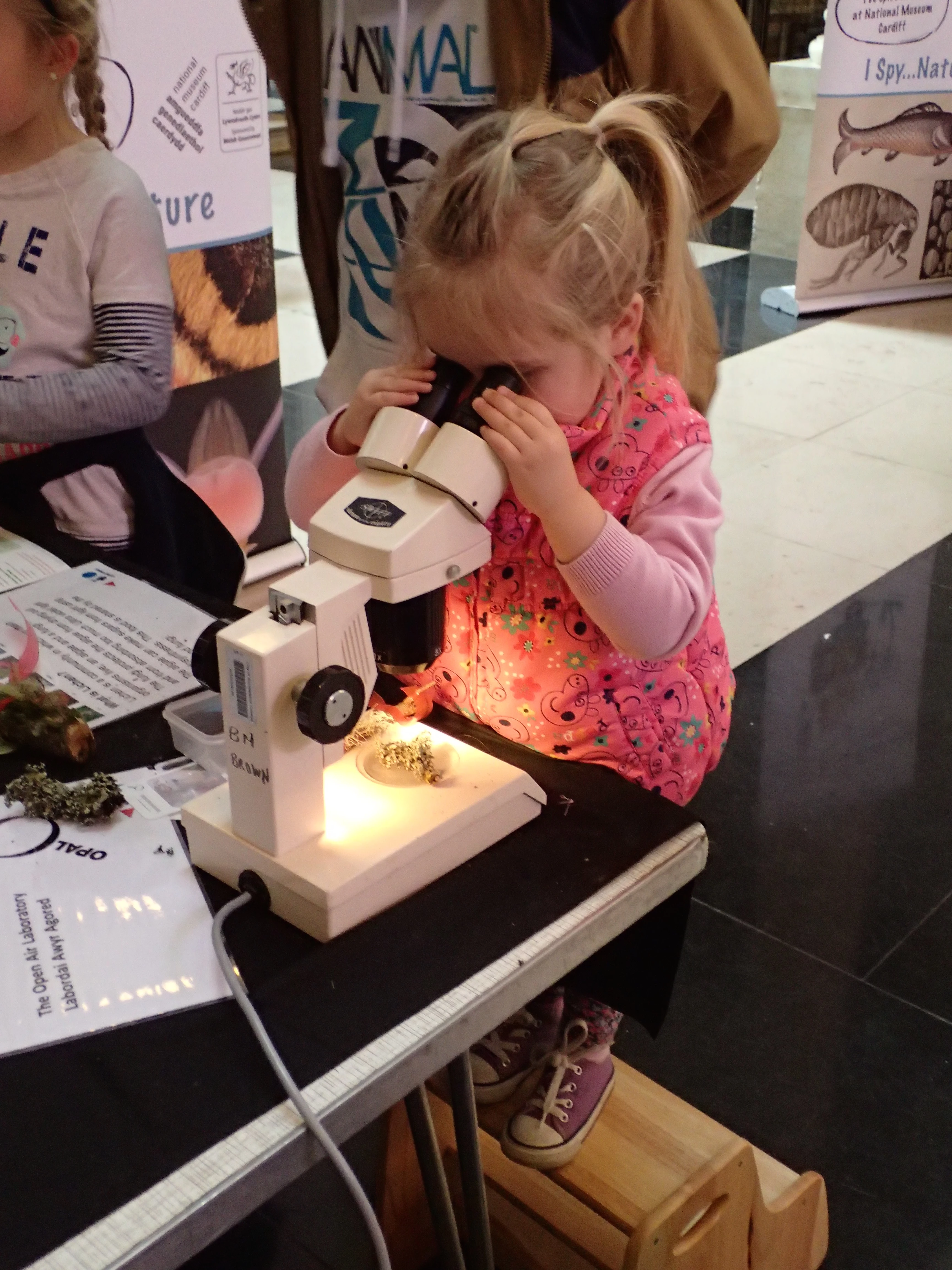

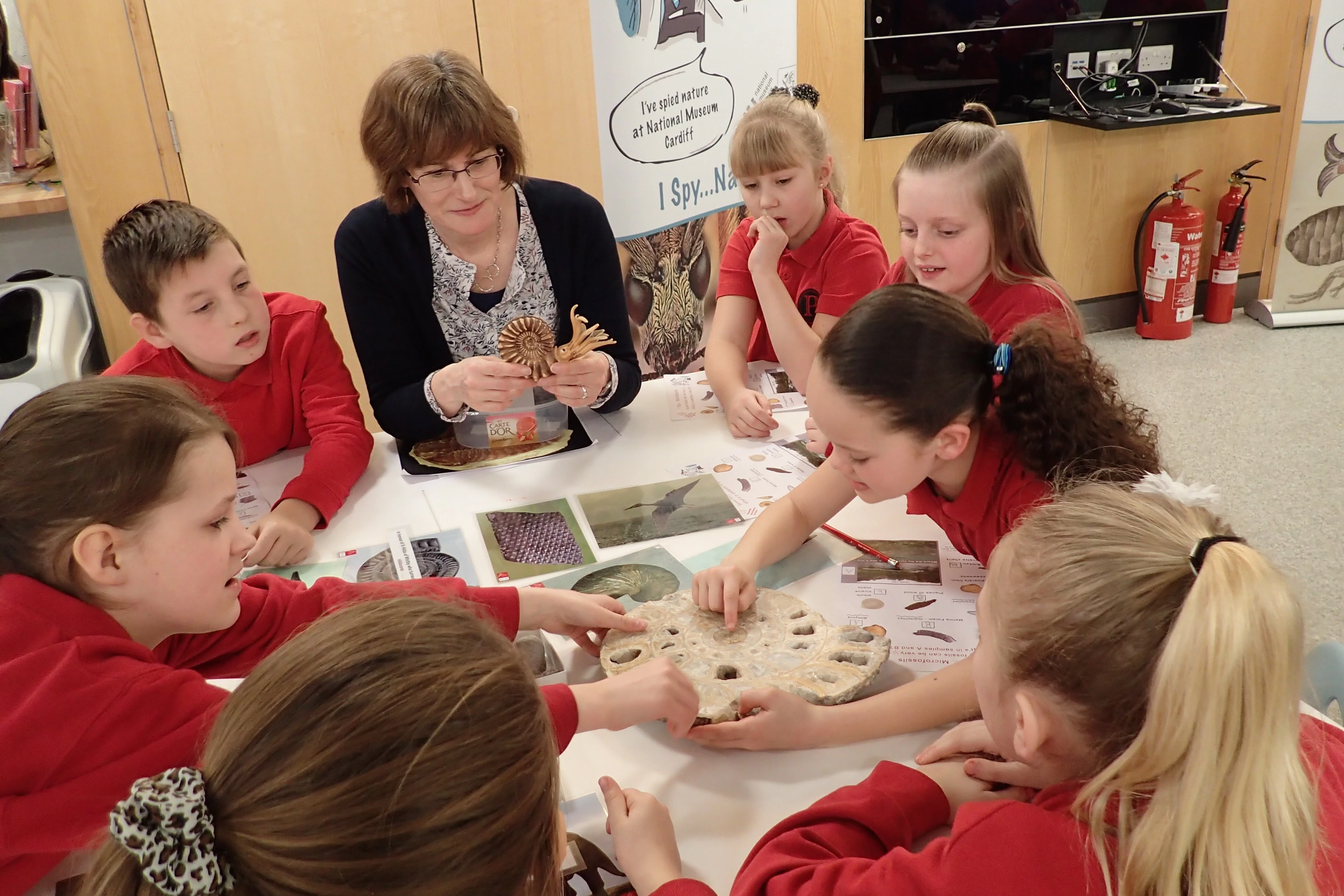

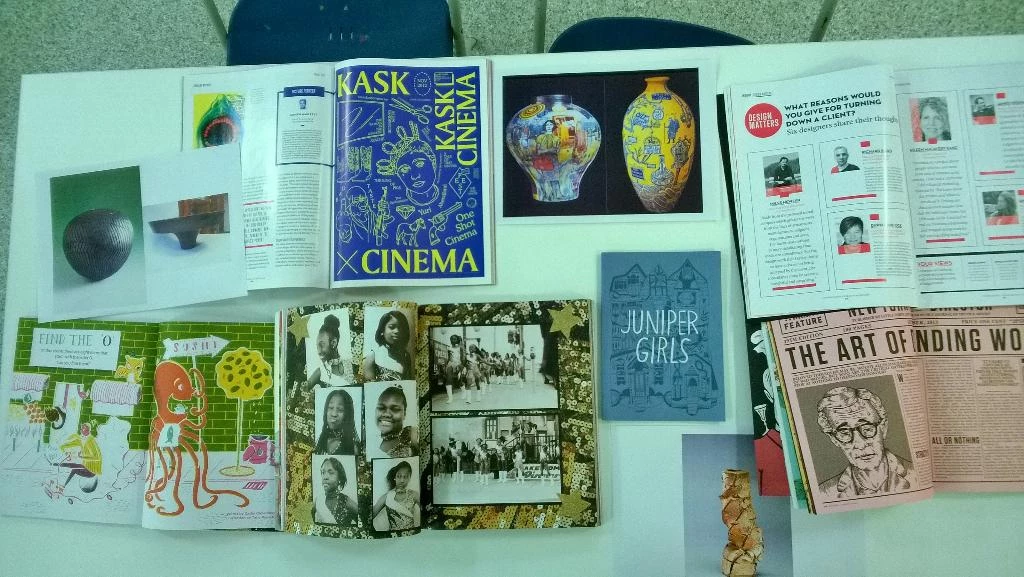
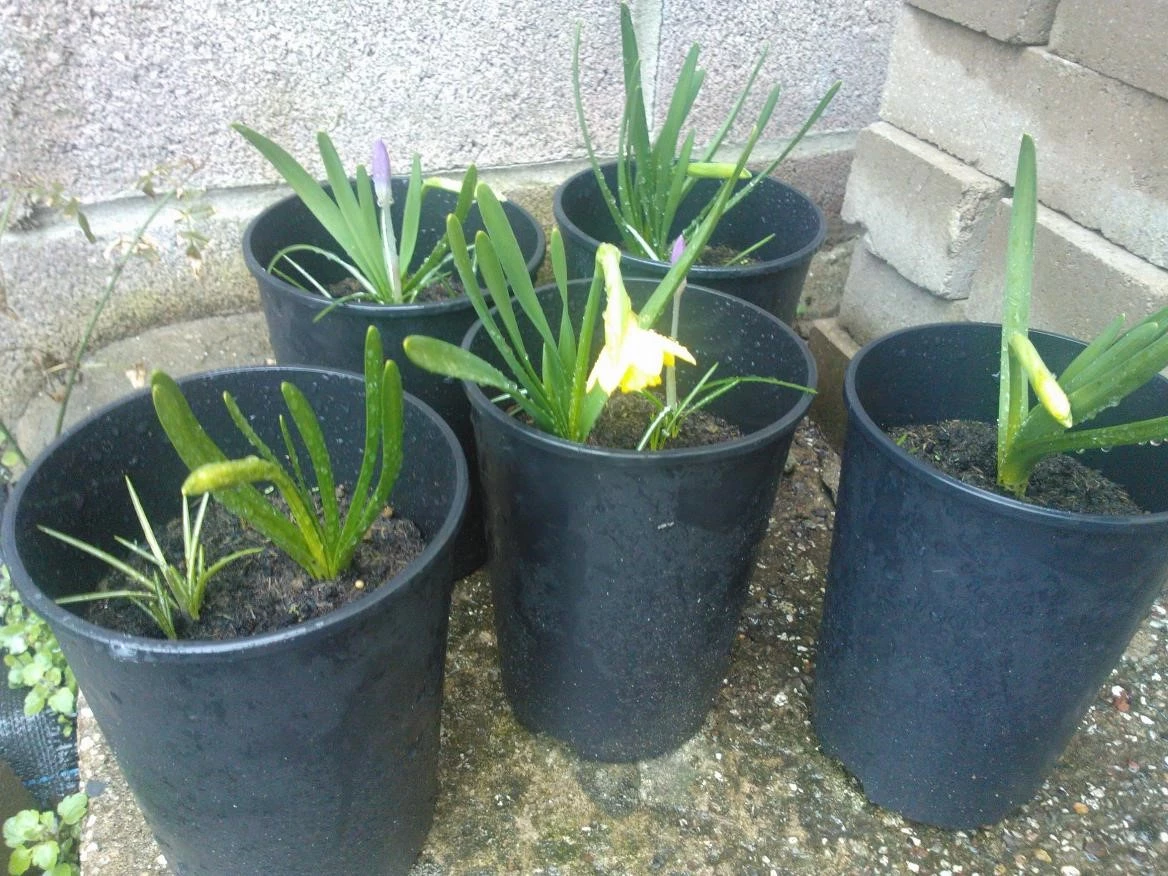

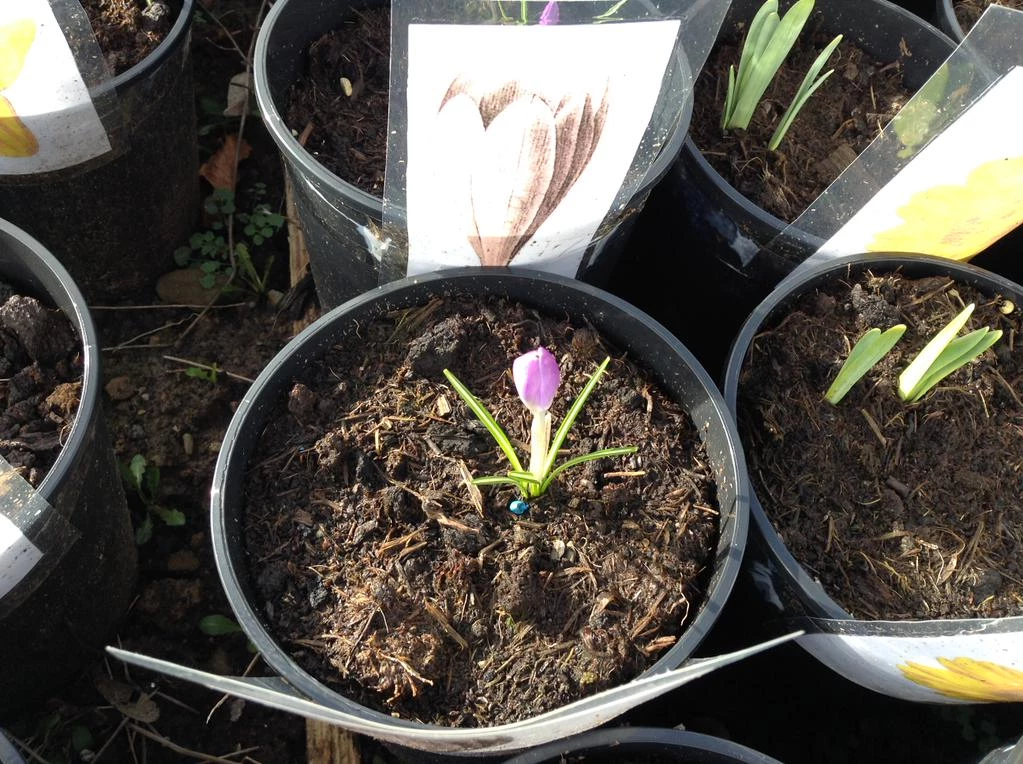
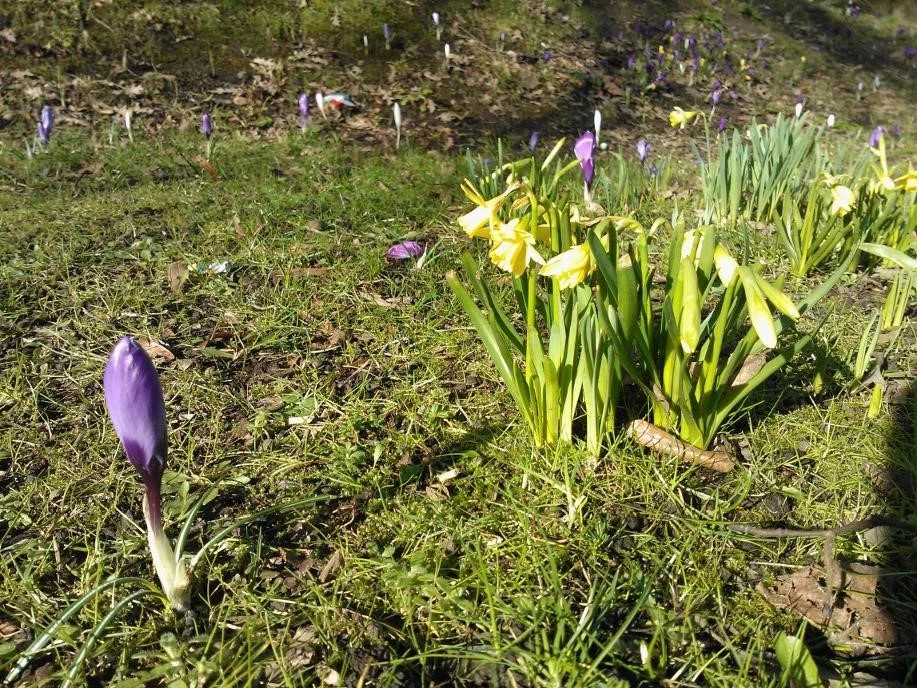
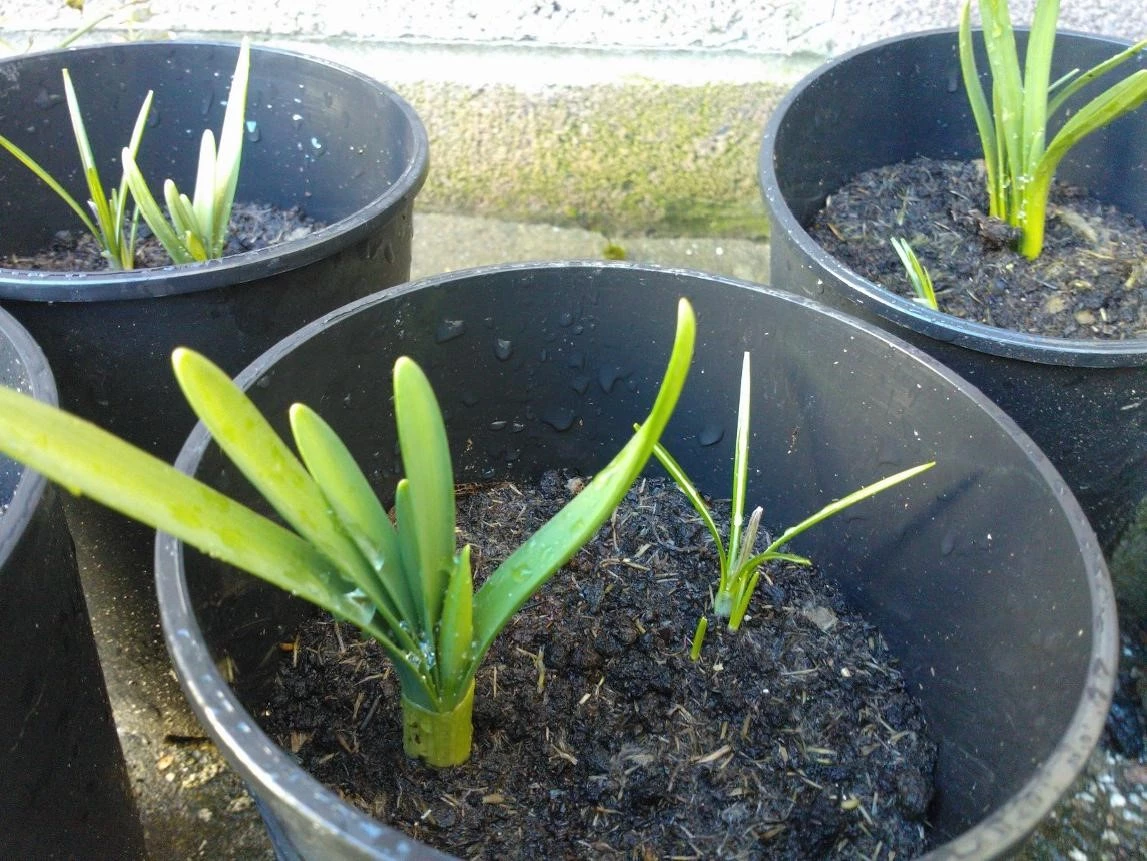
.webp)
